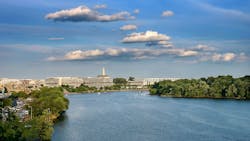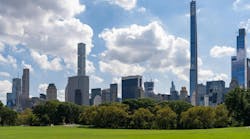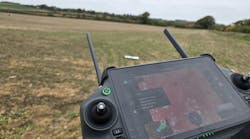Potomac River recovery stalls amid rising polluted runoff, report finds
After more than a decade of steady gains, the Potomac River’s recovery has stalled, according to the 2025 Potomac River Report Card released by the nonprofit Potomac Conservancy. The report gives the river another “B” grade—the fifth in a row—citing rising polluted runoff, forest loss, and heavier rainstorms linked to climate change as major threats to continued progress.
The Potomac River supplies drinking water to 5 million people and has seen pollution from nitrogen, phosphorus, and sediment decline in recent years. Conservation efforts have protected more than 245,000 acres of forests and farmland since 2023, while outdoor recreation in the region has grown 10% since 2020.
But the report warns that these gains could be undone by stormwater-driven pollution. Rapid urbanization and deforestation have increased runoff carrying fertilizers, oil, and debris into waterways, and “stormwater surges are the leading cause of today’s pollution spikes,” the report states.
“A 50-foot buffer strip can cut polluted runoff by 75%,” said Michael Nardolilli, executive director of the Interstate Commission on the Potomac River Basin, in a press release. Still, more needs to be done to restore natural buffers and strengthen local protections.
Hedrick Belin, Potomac Conservancy president, noted in a press release that federal rollbacks of clean water safeguards and stalled conservation funding add to the urgency. “We’re closer than ever to making the Potomac one of the first rivers in the nation to be once again fully swimmable and fishable year-round — but only if we act now,” he said.
The Conservancy has launched an $8 million Clean Water, Healthy Communities Campaign to accelerate forest restoration and local water protection efforts across the watershed.
Previous Potomac River grades
The Conservancy began issuing the river grades in 2007:
2025: B
2023: B
2020: B-
2018: B
2016: B-
2013: C
2011: D
2007: D+
“That’s remarkable progress from a dismal ‘D’ in 2011,” Belin said in a press release. “Bald eagles soar, more wildlife habitat is protected, and people flock to picnic, paddle, hike, and connect to their hometown river. But it’s undeniable that the river’s comeback has hit a plateau.”


